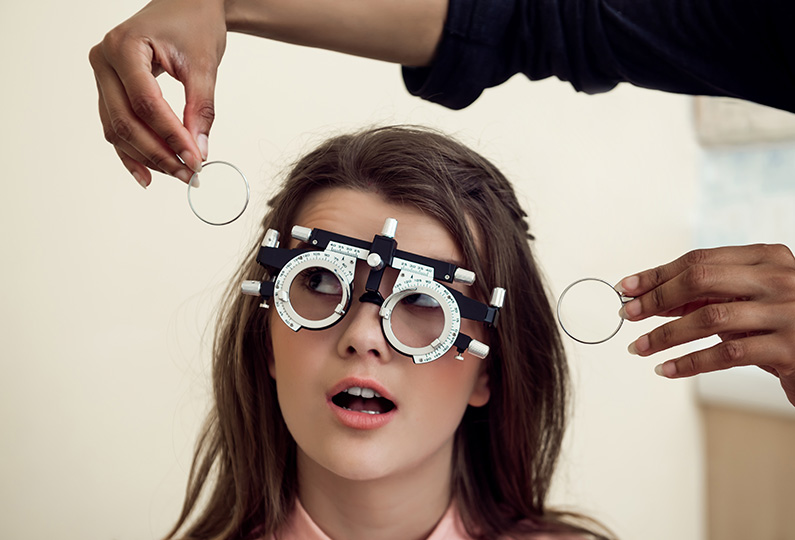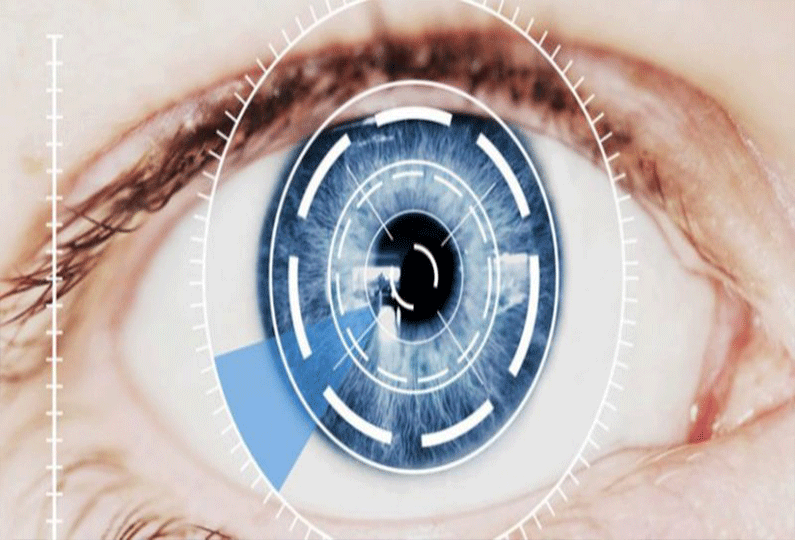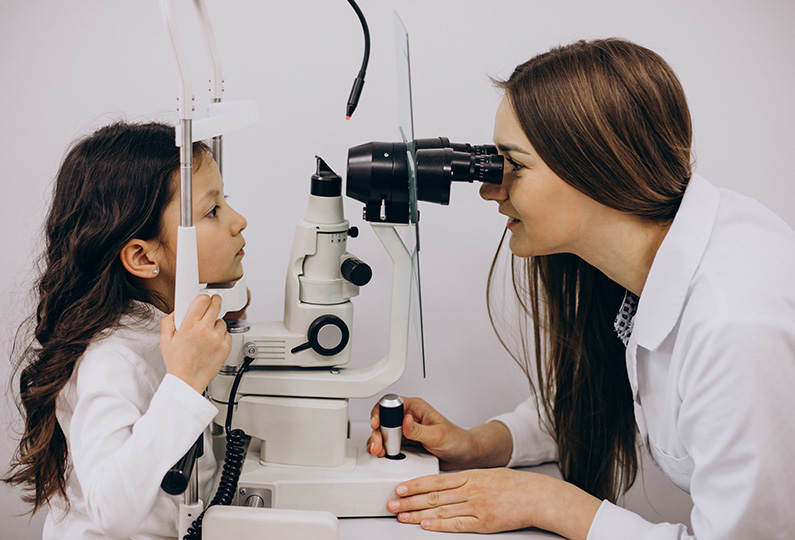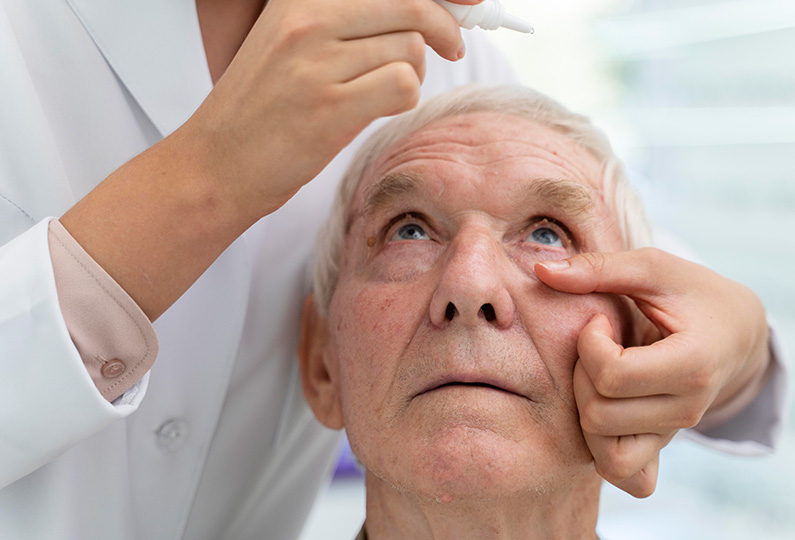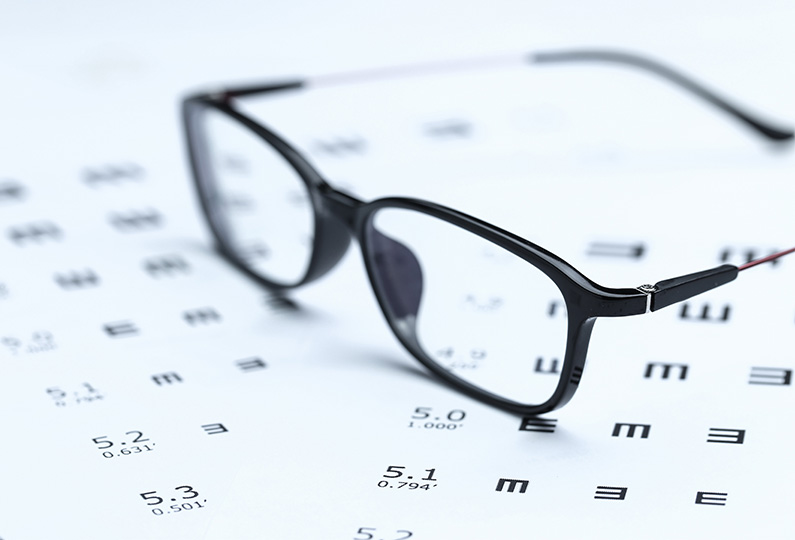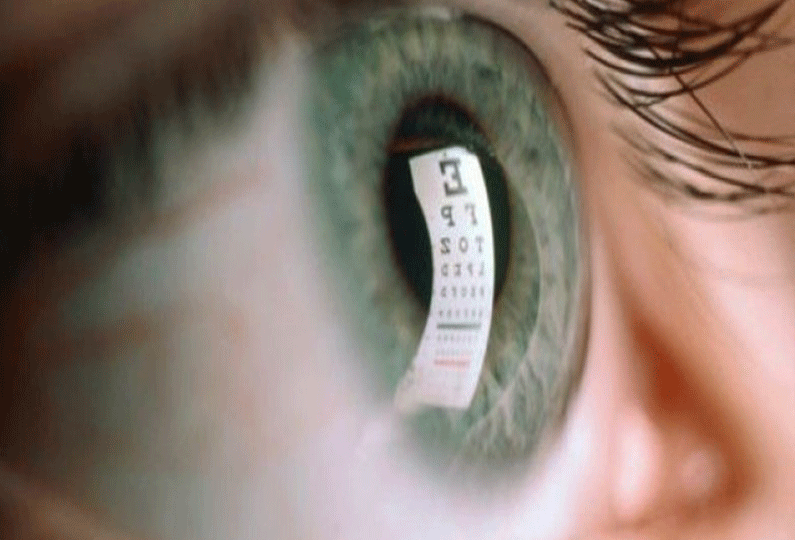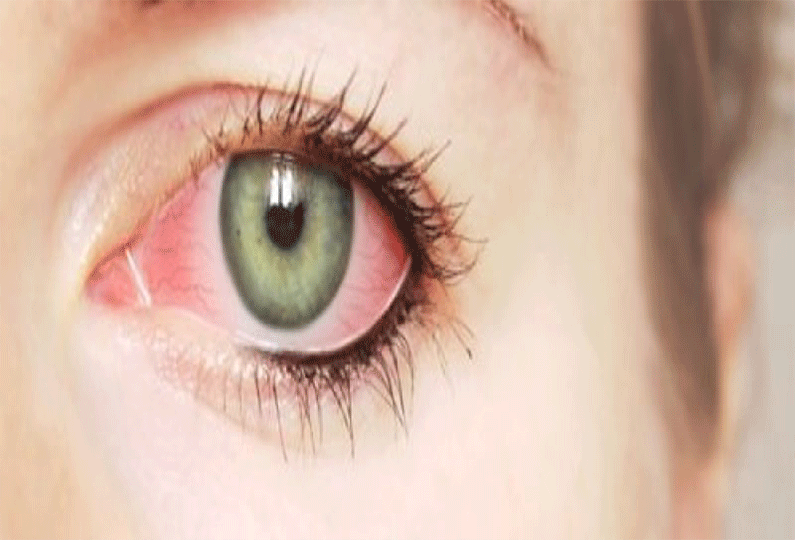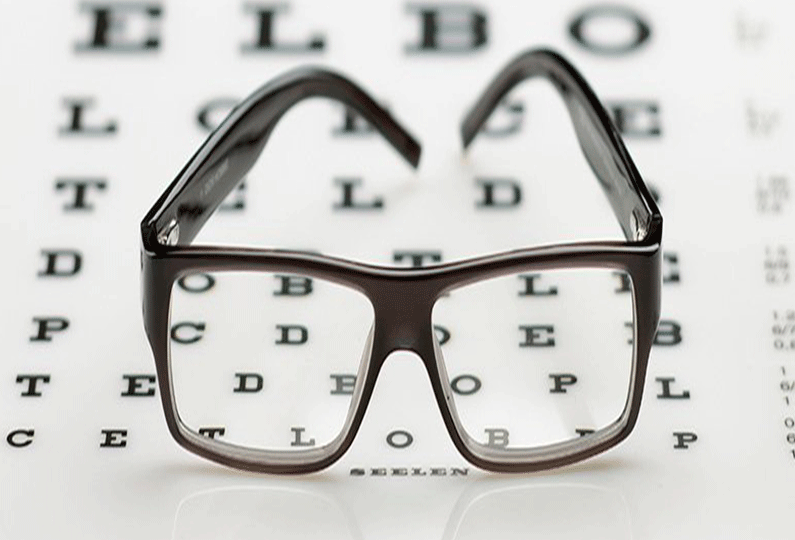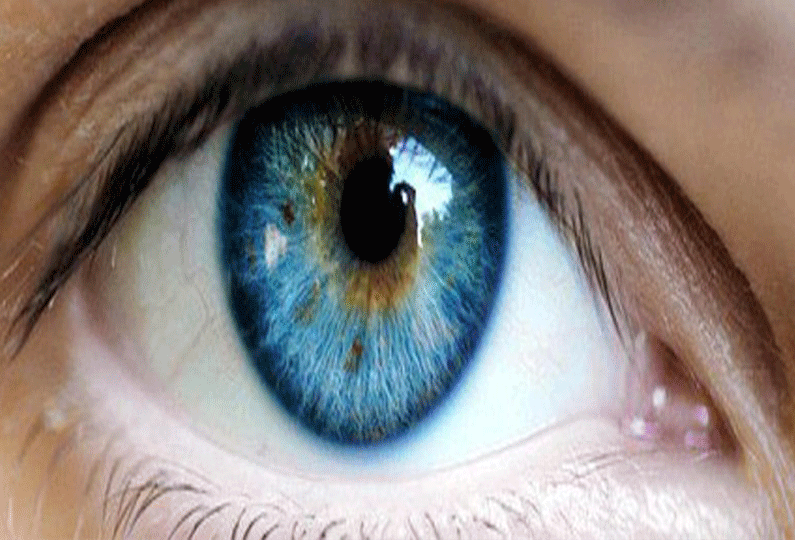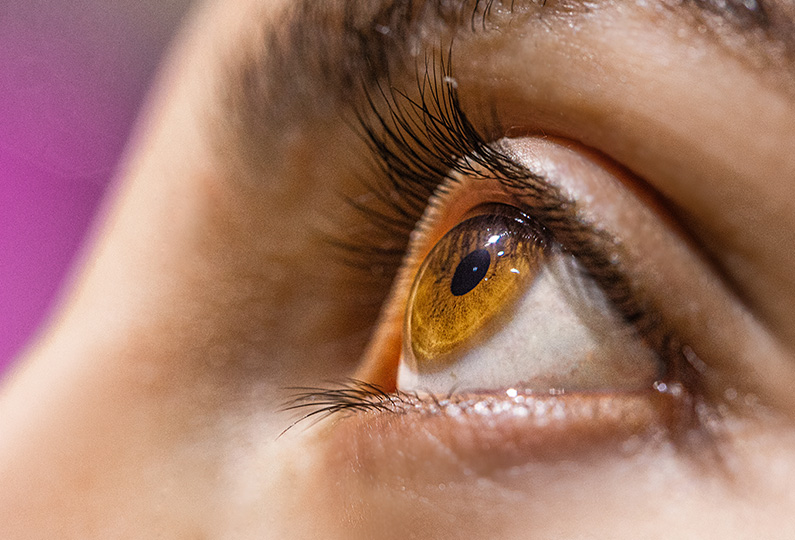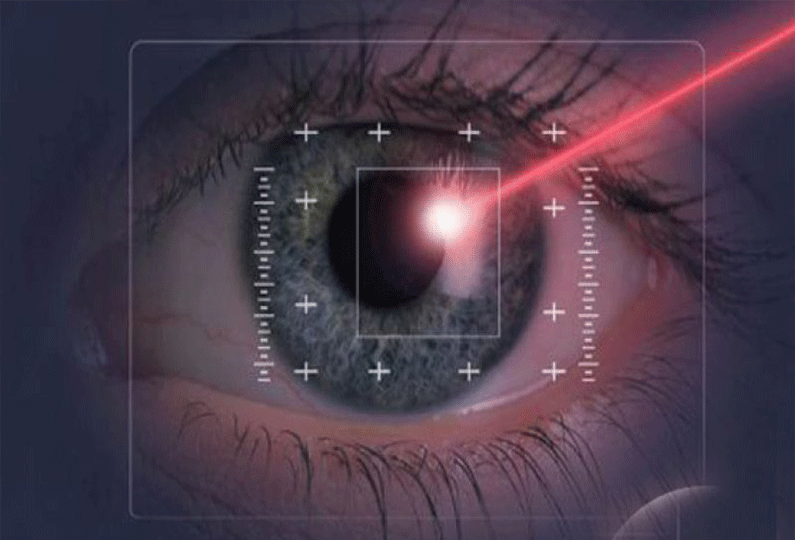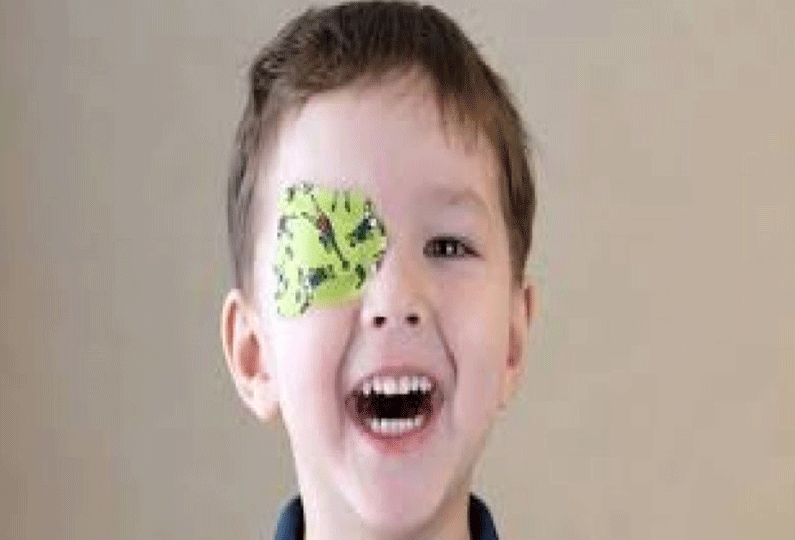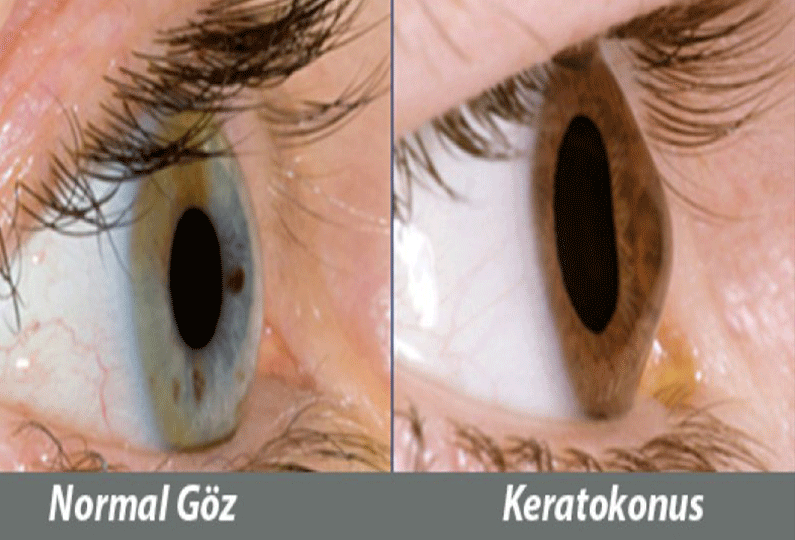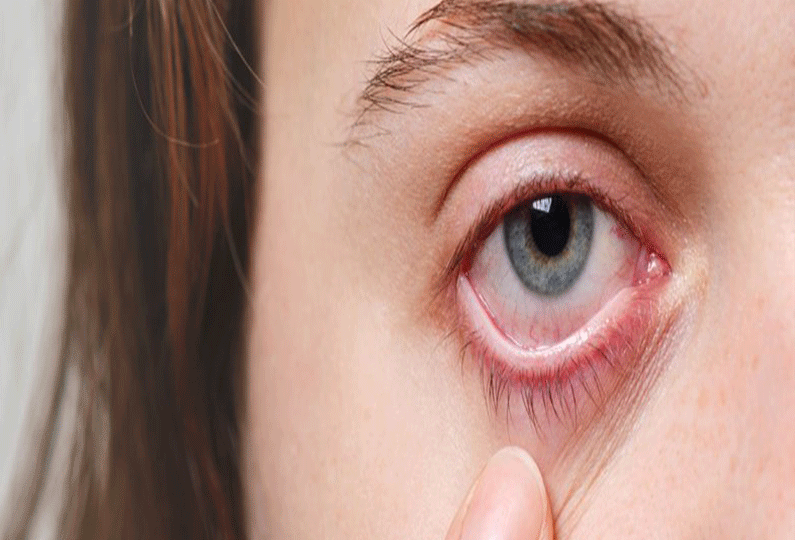Strabismus
Strabismus
Strabismus is when the eyes do not look parallel. One eye may look straight, while the other may shift inwards, outwards, upwards or downwards. The shift may be permanent or temporary, it may be in one eye permanently or alternately in both eyes. Strabismus can be observed in 4% of children. It can also occur at older ages. It can occur equally in boys and girls. It may be hereditary, but many patients with strabismus may not have any relatives with strabismus.
Vision and Brain
In normal (bilateral) vision, both eyes are directed towards the same target. The part of the brain involved in vision can combine the two separate pictures from both eyes into a single three-dimensional image. In strabismus, one eye shifts, so the brain receives 2 different images. The child's brain learns to ignore the image from the shifted eye. This leads to loss of depth perception and development of lazy eye (low vision) in that eye. If strabismus develops in adults, since the brain has learned to perceive images from both eyes, it cannot ignore the image from the shifting eye and double vision complaint occurs.
Causes and Symptoms of Strabismus
In strabismus, the actual cause of the eye shift is still not fully understood. The movements of the eye are provided by 6 muscles surrounding the eyeball. Two muscles in each eye pull the eye inward and outward, while the other 4 muscles provide the upward, downward and rotational movements of the eye. In order for both eyes to look at the target properly, all the muscles in one eye must be in balance with the muscles in the other eye and work together.
The brain controls the movements of the eye muscles. Strabismus is often seen in children with organic problems in the brain. Strabismus can also develop after a long period of time in cases such as cataracts or eye injuries that greatly reduce vision in one eye. The most important symptom of strabismus is a shift in the eye. The shift may occur in bright daylight. Sometimes it is observed that the child develops a head position to keep his/her eyes straight. Loss of depth perception may appear as a complaint. In strabismus that develops in adults, double vision is the most common complaint.
Diagnosis
Children should be examined by pediatricians and ophthalmologists for possible eye problems at newborn and preschool ages. This examination is especially important if there is a family history of strabismus or lazy eye. In infants, it is often difficult to distinguish between an eye that appears to be slipping (false strabismus) and true strabismus. False inward strabismus is suspected in children with a flattened nasal root and skin remnants (epicanthal remnants) on the inside of the eyelids, or in cases where the distance between the two eyes is narrow and the eyes are deep, the eyes are suspected of shifting inward in sideways gaze positions. As the child grows, the nasal root develops and enlarges, the skin folds stretch and gain a normal appearance. Excessive distance between the two eyes or protruding eyes are also causes of pseudo-outward strabismus. The most common types of strabismus are inward and outward strabismus.
Inward Shift
It is the most common type of strabismus in children. The form that occurs up to 6 months after birth is called infantile type and surgery is recommended until the age of 1 year. Inward shifts are usually associated with hyperopia. Hypermetropes adjust in order to see distant objects well. The accommodation pulls the eyes inward. If hyperopia can be fully corrected with glasses, strabismus can be fully corrected. This is accommodative type of inward strabismus. In this type of strabismus, as the child grows up, the number of hypermetropic glasses is reduced, the strabismus is controlled and surgery is not required.
In some cases, although the hyperopia can be fully corrected, a significant strabismus may remain. This is the partial accommodative type. The part of the strabismus that is not corrected with glasses is corrected with surgery. In some children, the inward shift increases very much when looking close. In this case, bifocal glasses, prisms, some eye drops and sometimes surgery can provide complete correction. The treatment of inward strabismus with hyperopia and non-accommodation is only surgical. If surgery is needed for internal strabismus, surgery is planned as soon as possible. The basic surgical principle of inward strabismus is to weaken the effect of the muscle that pulls the eye inward by retracting it from its attachment to the eye and/or to strengthen the effect of the muscle that pulls the eye outward by shortening it.
Outward Shift
There are occasional and persistent types. The occasional outward shift is of two types: one in which there is normal bilateral vision when looking near and one in which one of the eyes shifts outward when looking away is called excess divergence. In the other type, called convergence insufficiency, the eyes shift outward when looking near while looking far away is normal. In this type of strabismus, myopia and astigmatism are corrected first. Orthoptic (eye muscle training) treatment and prisms are used. The last resort is surgery. The same treatment methods are used for persistent outward strabismus seen both near and far. In contrast to inward strabismus, surgery for outward strabismus is based on the principle of weakening the adhesion of the muscle that pulls the eye outward by retracting it and strengthening the muscle that pulls it inward by shortening it.
Strabismus Surgery
It is usually performed under general anesthesia. In some adults, local anesthesia may also be appropriate. The surgery begins by removing the tissue surrounding the eyeball and reaching the muscles that move the eye. Then the necessary strengthening and weakening procedures are applied to the muscles in one or both eyes. Recovery after surgery is fast. You can return to normal life in a few days. Glasses or prism may be required after surgery. Although the recovery response of each person varies according to each eye, if the slippage has improved slightly or excessively after surgery, surgery can be performed again. early surgery is very important in strabismus. Because in infants, normal vision and depth perception with two eyes develop easily after the strabismus is corrected. Although it is not possible to fully develop vision and depth perception as the child grows up, there may be an increase in peripheral (peripheral) vision when strabismus is eliminated. Strabismus surgery is performed to restore the eyes to their normal parallel position. Strabismus surgery is by no means an alternative to the use of glasses and treatment of lazy vision. The glasses used before the surgery and the treatment for lazy vision are continued in the same way after the surgery.
